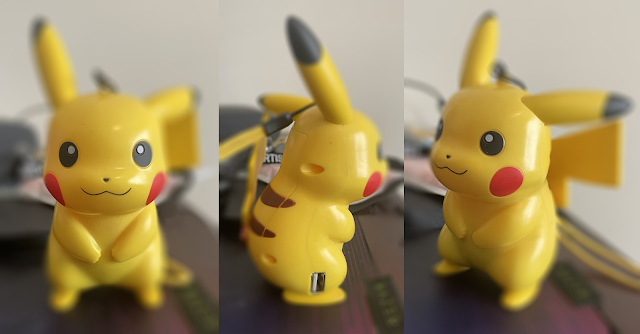Thursday, August 31, 2023
Pikachu - Basic Shapes
Monday, August 28, 2023
Project #2: 3D Sprite
Technically, I was supposed to work on either the 2D Sprite project or the 3D, not both. But I'm a bit of an overachiever. Besides, there were valuable and unique instructions to both, so I'm rather glad of this.
The base (once again, made of beveled cubes imported from Maya in the earlier project) is identical to Nick Zuccarello's tutorials, but I wanted to work on something different for the actual model, so I dug around and found a pixel art gif of a retro sci-fi hover car that I particularly liked.
Tuesday, August 22, 2023
Project #1: 2D Block Sprite
This was a project aimed at getting us familiarized with the workings of Maya and Unreal.
Maya wasn't really involved all that much, except to create a relatively high poly cube that would become our block cube (static mesh) that we would use to create the 2D Sprite.
I didn't quite get the lovely border glow from the sprite plane beneath the 2D blocks that Nick Zuccarello got with his Mario demonstration. That might be because of the sheer scale, which drowns out that effect. Maybe ramping up the emission of the plane might do the trick.
Thanks for checking this out. Let me know what you think.













